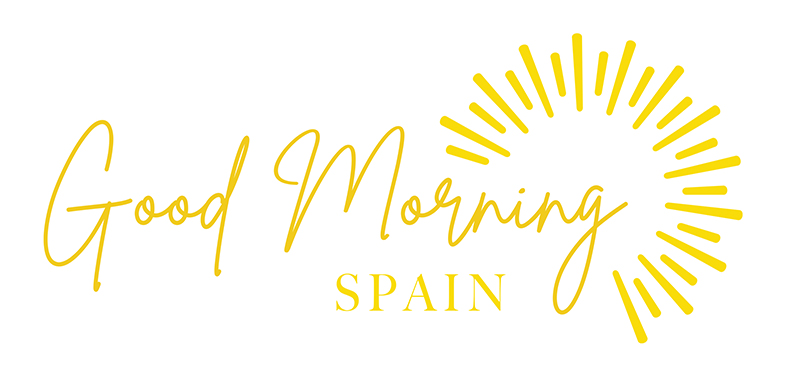Flamenco, the passionate and evocative dance form that originated in the Andalusian region of Spain, is renowned not only for its emotional music and dynamic footwork but also for its striking and colourful attire. At the heart of every charming Flamenco performance is the iconic Flamenco dress, a symbol of tradition, culture, and artistic expression.
A Flamenco dress, known as a “traje de flamenca” or “vestido de gitana,” is a symbol of Spanish culture and passion. These dresses are designed to accentuate the dancer’s movements and add drama to the performance. Flamenco dresses are characterized by their vibrant colors, ruffles, and a fitted silhouette. They come in various styles, but all are designed to showcase the dancer’s body and enhance the intensity of their movements. But have you ever wonder how one is made? Take a look at our rundown of all the steps that go into these intricate dresses.
1. Fabric choice
For starters, the choice of materials and fabrics is a crucial aspect of making a Flamenco dress. Traditionally, these dresses are crafted using high-quality fabrics like silk, satin, and chiffon. The selection of fabric plays a significant role in ensuring the dress flows gracefully with the dancer’s movements.
2. The perfect shade
The color palette of a Flamenco dress is vibrant and bold, reflecting the fiery spirit of the dance. While traditional colors like red, black, and white remain popular choices, modern Flamenco dresses embrace a wide range of hues, including vibrant blues, purples, and greens. The choice of color is a personal one and can convey various emotions and themes within the dance.
3. You can never have enough ruffles
Next, one of the most distinctive features of a Flamenco dress is the abundance of ruffles and flounces. These frills adorn the sleeves, neckline, and hemline of the dress, creating a striking visual effect as the dancer twirls and moves. To create these ruffles, the fabric is meticulously cut and gathered, then carefully sewn onto the dress by hand, requiring exceptional attention to detail.
4. Hand-sewn details
Many Flamenco dresses are decorated with intricate hand-embroidery. This is where the true artistry of the dressmakers shines. Skilled artisans spend hours meticulously crafting elaborate designs using colorful threads, sequins, beads, and other embellishments. These decorative elements not only add visual appeal but also contribute to the overall weight and balance of the dress, ensuring it moves gracefully with the dancer.
5. Snug fit
The fit of a Flamenco dress is of utmost importance. The dress should be snug yet comfortable, allowing the dancer to move freely and with confidence. Dressmakers often take extensive measurements and conduct multiple fittings to achieve the perfect fit. The seams and darts are carefully tailored to accentuate the dancer’s curves and create a flattering silhouette.
Once the dress is complete, it undergoes a final inspection to ensure every detail is perfect. Any loose threads or imperfections are meticulously corrected. The dressmaker pays close attention to the hemline, making sure it falls gracefully, and that the ruffles and flounces are symmetrical and well-balanced.
The art of crafting a Flamenco dress is a labor of love and dedication, involving skilled artisans who take pride in preserving tradition while embracing modern influences. These dresses not only enhance the beauty and intensity of the Flamenco dance but also serve as a testament to the rich cultural heritage of Spain. With their vibrant colors, flowing ruffles, and intricate embroidery, Flamenco dresses are a true work of art, captivating audiences and dancers alike with their beauty and grace.



